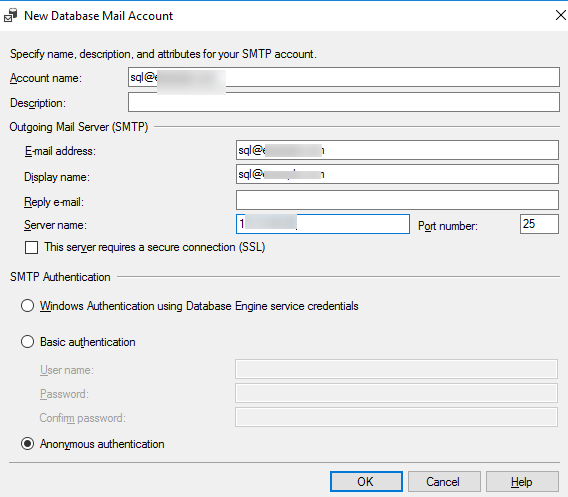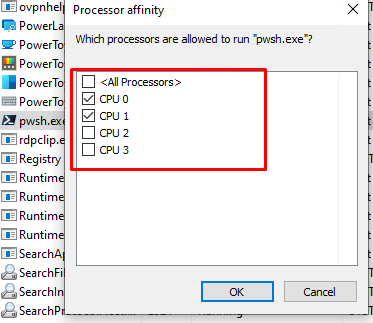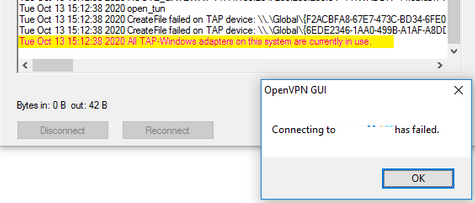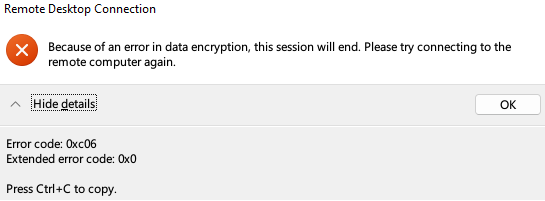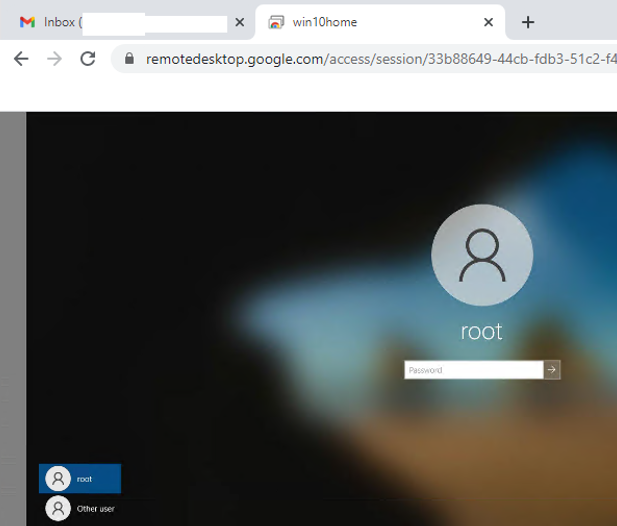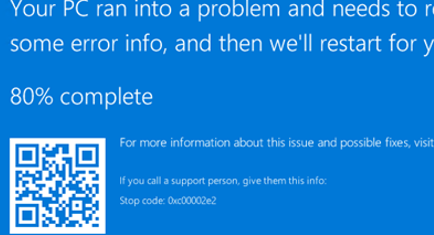The Database Mail component is used in Microsoft SQL Server to send an SMTP notification to an administrator’s mailbox. You can enable and configure Database Mail to receive various email notifications about events on the MSSQL server.
Continue reading “Configuring Database Mail in Microsoft SQL Server”

